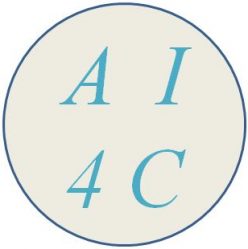21 Juin à 10h
Campus de Jussieu, Salle de réunion SCAI,
Bâtiment Esclangon 1er étage
Zoom: https://zoom.us/j/98265750503
Partially observed dynamical systems embrace a wide class of phenomena and represent an overwhelming majority of Earth science modeling, traditionally relying on ordinary or partial differential equations. Recent trends consider Machine Learning as an alternative or complementary approach to traditional physical models, allowing the integration of observations and potentially faster computations through model reduction. In this regard, latest works study the learning of the decomposition between model-based (MB) and data driven (ML) dynamical representations. However, learning such a decomposition with the sole supervision on the trajectories is ill-posed.
We introduce a learning algorithm to bridge model-based prediction and data-based algorithms, while solving the ill-posedness. This one relies on a cost function based on the computation of an upper bound of the prediction error, which enables us to minimize the contribution of the data driven algorithm while recovering physical parameters of the MB part. We evidence the soundness of our approach on a physical dataset based on simplified Navier-Stokes equations. We also present preliminary results on outputs of the ocean model NATL60.
L’Atelier interne « SCAI & AI4Climate » réunit les chercheurs, ingénieurs, doctorants, post doctorants concernés par les thématiques liées à conception et l’utilisation de nouvelles méthodes d’Intelligence Artificielle pour l’étude de l’environnement, allant du modèle à l’observation. Les premières réunions seront consacrées aux travaux des doctorants. L’exposé sera suivi d’une discussion avec les participants sur l’approche et les perspectives possibles du travail.
